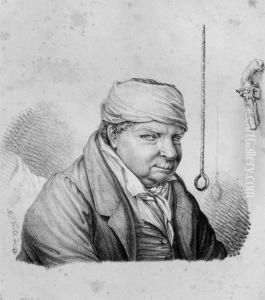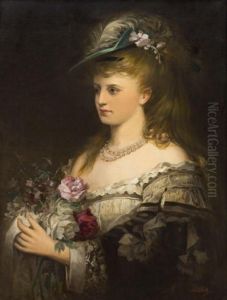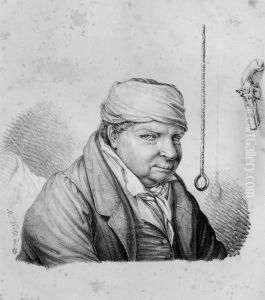Franz Michael Veith Paintings
Franz Michael Veith was an Austrian painter and engraver known for his religious-themed works, primarily during the Rococo period. Born in 1708 in Graz, Austria, Veith's early life and training are not well-documented, which is common for many artists of the era. However, it is known that he became active in the arts community in the mid-18th century, making a name for himself with his distinctive style.
Veith's work is characterized by the lightness and elegance typical of the Rococo style, with a strong emphasis on ornamental elements and a soft color palette. His religious paintings often featured figures with graceful gestures and serene expressions, set against idyllic landscapes or within lavish architectural settings. These qualities made his work popular for church commissions and private devotionals.
Throughout his career, Veith contributed to the decoration of several churches, which was a significant source of work for artists of his time. His engravings also gained him recognition, as they allowed for the wider dissemination of his designs and compositions. These prints not only helped to spread his reputation beyond his immediate geographical region but also provided a glimpse into the religious and artistic sensibilities of the period.
Veith's influence was somewhat regional, and while he may not have achieved the widespread fame of some of his contemporaries, his work was respected and contributed to the artistic heritage of Austria. Unfortunately, due to the limited documentation, much of his life and the full extent of his oeuvre remain obscure to art historians. Franz Michael Veith passed away in 1770, leaving behind a body of work that reflects the religious fervor and the decorative elegance of the Rococo period in Austrian art history.


